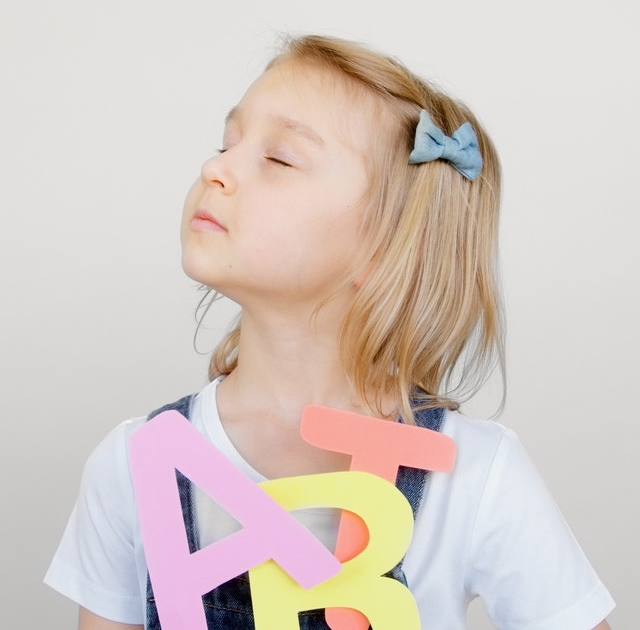

- Call 908 543 4390
- Email
- Dr.Joni Redlich PT,DPT


This author has yet to write their bio.Meanwhile lets just say that we are proud jonikidpt contributed a whooping 143 entries.

Participation in the arts are a way for someone to express themselves. It creates a window into the soul and an escape all in one. Some turn to painting, drawing, music, drama, or dancing to find their sense of self or to relieve stress after a long day, and this is no different for kids and adults with Cerebral Palsy (CP). Taking part in the arts is a wonderful thing for children with CP to do, no matter their level of disability, and here’s why!
Self Expression Without Limits
The arts allow for a place to explore what you are thinking or feeling. Whether you are verbal or non-verbal, participation in an art form is a way to get your feelings out! Society often tries to put us in boxes that may make us feel limited. But when you are creating art, you get to make the rules. Bend the rules to work for you
Adaptability
With the free form nature of many arts programs there are no rules that have to be adjusted to make it work for your body. If your dancing includes, moving your head side to side to make your wheelchair turn to the right and the left, do it! If you need something to secure a paint brush to one of your hands or to your head to paint your beautiful picture, why not! It’s your masterpiece, so the environment can be set up to make creating your art that much easier.
Community OR Solitary Art
Many arts are performed in a group setting for those who love being social, like Drama. You can find your Drama, Dance, or Visual Arts community if that floats your boat. BUT the cool thing about the arts is many forms don’t have to be done in a group, they can be done alone too if you’d prefer to work that way.
Confidence Booster
For many kids and adults, taking part in the creation of something beautiful, or something they made themselves, is a huge confidence booster. When the right adaptations are in place to support each child or adult, either with motor or intellectual considerations, the child can make something by themselves (or with a little bit of teamwork if needed) and feel proud of themselves for doing so!
Types of Art
Visual Arts
Dance
Drama
Music
But where is there to go in NJ for my child with CP to participate in the arts? Check out these links to find out more!
Dance:
http://kayelynndance.com/chance-to-dance/
http://www.danceinnovations.org/dipf
http://kayelynndance.com/chance-to-dance/
http://www.danceinnovations.org/dipf
Theater:
https://papermill.org/access-for-all
Art:
Music:
https://www.theconnectiononline.org/com
References:
Children with cerebral palsy (CP) undergo intervention throughout their lives. They often receive physical therapy, occupational therapy, and speech therapy for many years in the home, school and clinic settings. Parents are often presented with lots of opinions as to therapy options, medical interventions like botox and baclofen, bracing options, and surgical procedures, such as […]
February is American Heart Month! Along with AHM, it is also Congenital Heart Defect Awareness Week from February 7th to February 14th! Many people don’t know, but children with Congenital Heart Defects (CHDs) often have to have surgery to correct the way their heart is working within their first year of life. Sometimes, depending on […]
What is it? If you are a parent of a special needs child, you have learned to be very patient when it comes to your child’s progress in therapy programs and how to embrace the baby step milestones along the way. In this video, I will share with you how I had to develop patience […]
We know parents are busier than every before and life continues to be unpredictable and filled with curve balls. That’s why we’re here to remind to to practice some self-care for show yourself some love. Here are some ideas for you! See what speaks to you and try to squeak one into your day this […]
The winter olympic games have begun. It is amazing to see what the human body can achieve with consistent hard work and dedication. If you are like us and enjoy watching the games as a family, here are some ideas to bring the winter games to your very own living room and keep your kiddos […]
Did you know that less than 25% of people keep their goals past the month of January? So what does this mean for the rest of the 75% of the population? Does that mean that we’re all unrealistic in our expectations… …not disciplined enough, …not motivated for the right reasons, …unwilling to make the “right” […]
We’re now in a new year and we all know what ringing in the new year means, brand new goals and shiny new dreams! A new year can serve as a reset for some of our goals. We all hope that with the shift into a new year, we will be able to do things […]
Resources compiled by Dr. Ali Some of the most fun things to do in the winter with your family are winter sports! I know I always loved skiing down a snowy, snowy slope, surrounded by evergreen trees and breathing in that crisp fresh air. There really is nothing better! The beautiful, outdoor, family fun should […]
Here at Kid PT, we have compiled a list of our favorite toys that promote gross motor skills and development. We strongly believe that the effectiveness of exercise, movement, and learning is always amplified when combined with joy. As each child is unique, consider your child’s strengths and preferences to pick gifts that excite them. […]
